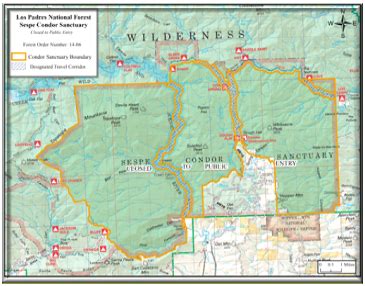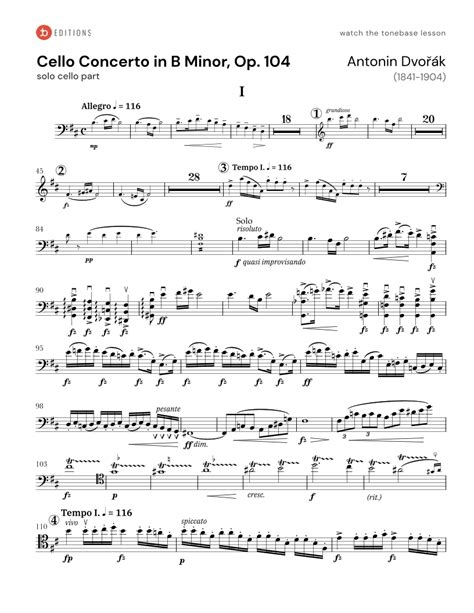Walking after midnight, under the soft glow of streetlights, can be a tranquil experience, with the world seeming to slow down its frenetic pace. The darkness of the night, illuminated only by the occasional passing car or the muted lights of homes, brings a sense of solitude and peace. It’s a time when the hustle and bustle of daily life fade into the background, and the only sounds are the crunch of gravel or the soft hum of the night, punctuated by the occasional hooting of an owl or the distant rumble of a train.
This serene atmosphere is conducive to reflection, allowing the mind to wander and contemplate the events of the day, or perhaps the broader tapestry of life. The stillness of the night air, untainted by the daytime’s cacophony, seems to amplify thoughts, making them clearer and more profound. It’s as if the darkness itself has a clarifying effect, stripping away the distractions and leaving only the essence of one’s musings.
Historically, night walks have been a staple of many cultures, often associated with creativity, contemplation, and even healing. Famous writers and philosophers have been known to take midnight strolls to clear their minds and spark inspiration. The night, with its veil of mystery and reduction of the world to its most basic forms, seems to foster creativity and deepen introspection. It’s a time when the confines of the day, with its schedules and responsibilities, are lifted, allowing the mind to roam freely.
From a psychological standpoint, walking after midnight can have therapeutic benefits. The change in environment and the break from routine can stimulate the brain, helping to combat stress and anxiety. The physical act of walking itself is well-documented to have numerous health benefits, including improving mood, reducing stress levels, and enhancing sleep quality. When combined with the peaceful ambiance of the night, these benefits can be amplified, leading to a profound sense of well-being and relaxation.
Moreover, the experience of walking after midnight can vary greatly depending on the location. In urban settings, the night can transform the cityscape, with neon lights reflecting off wet pavement, and the sound of traffic becoming a distant hum. It’s a time when the city, often bustling with activity during the day, takes on a different persona, revealing hidden gems and unexpected beauty in its nightlife. In contrast, rural areas offer a completely different experience, with the darkness often being absolute, punctuated only by the stars and the moon, and the sounds of nature providing a soothing background melody.
It's interesting to note that the human body has an innate circadian rhythm that is influenced by exposure to natural light and darkness. This internal clock regulates our sleep-wake cycle and is crucial for overall health. Walking after midnight can help in synchronizing this rhythm, especially for individuals who work night shifts or have irregular schedules, by exposing them to the natural darkness and helping their bodies adjust to the night.
In terms of safety, while walking after midnight can be a peaceful and rewarding experience, it’s essential to take necessary precautions. This includes being aware of one’s surroundings, avoiding poorly lit or isolated areas, and keeping in touch with friends or family about one’s whereabouts. In many places, community initiatives and urban planning have focused on enhancing night safety, through better lighting, increased security presence, and the creation of safe pathways for nighttime walkers.
For those looking to incorporate midnight walks into their routine, it might be helpful to start slowly, perhaps beginning with shorter walks in familiar, safe areas. Gradually, as comfort and familiarity with the nighttime environment increase, the duration and distance of the walks can be extended. It’s also beneficial to pay attention to the body’s response, listening to its needs and ensuring that the walking routine does not interfere with sleep patterns or overall health.
Pros and Cons of Walking After Midnight
| Pros | Cons |
|---|---|
| Enhances creativity and introspection | Potential safety risks in poorly lit or isolated areas |
| Therapeutic benefits for stress and anxiety | Could interfere with sleep patterns if not managed properly |
| Unique and peaceful experience | Weather conditions could be unfavorable |

In conclusion, walking after midnight offers a unique blend of peace, reflection, and rejuvenation. It’s an experience that can be tailored to individual preferences, whether that’s a leisurely stroll through a quiet neighborhood, a brisk walk along a beach, or a contemplative hike through a forest. By embracing the night and all its mysteries, one can discover a new side of themselves and the world around them, leading to a deeper appreciation for the beauty and tranquility that this often-overlooked time of day has to offer.
What are the benefits of walking after midnight for mental health?
+Walking after midnight can have several mental health benefits, including reduced stress and anxiety, improved mood, and enhanced creativity and introspection. The peaceful and often serene environment of the night can provide a conducive backdrop for reflection and contemplation.
How can I ensure my safety while walking after midnight?
+To ensure safety while walking after midnight, it’s advisable to stick to well-lit and populated areas, avoid walking alone in isolated spots, keep a mobile phone handy, and inform someone about your walking route and expected return time. Additionally, being aware of your surroundings and trusting your instincts can also help in avoiding potential risks.
Can walking after midnight help with sleep disorders?
+While walking after midnight might not directly address sleep disorders, it can help in regulating the body’s internal clock by exposing it to the natural darkness. This can be particularly beneficial for individuals working night shifts or those with irregular sleep patterns. However, it’s essential to consult with a healthcare professional for personalized advice on managing sleep disorders.



